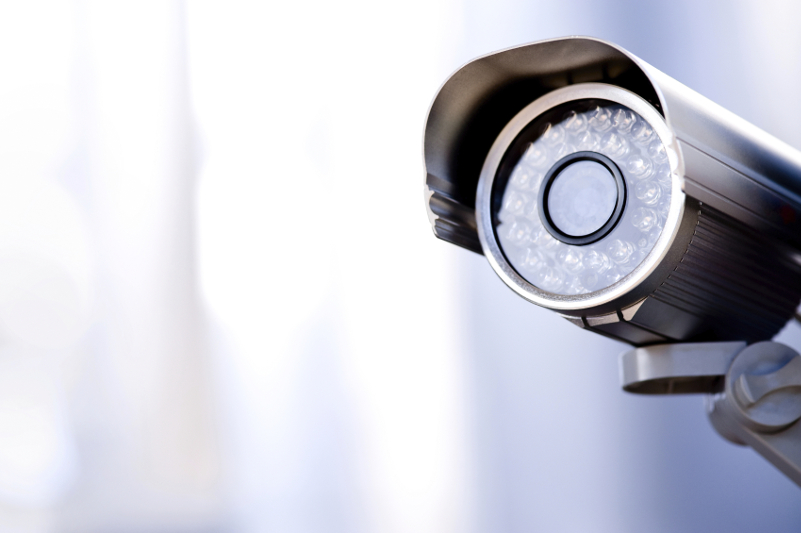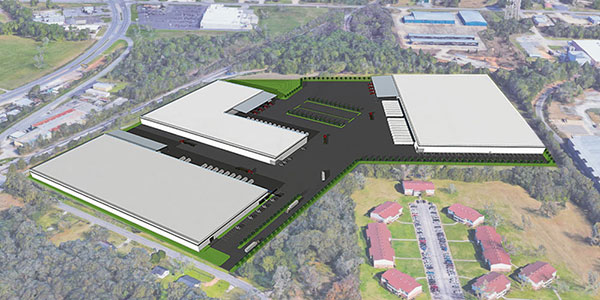“We didn’t damage your vehicle.”
How many times have those five words wanted to leave your mouth? How many times have you had to pay for damage to a vehicle you know your facility didn’t cause?
Any owner / operator who works with vehicles in any capacity (detailing, full serve, flex-serve, conveyor washes) needs to have the ability to inspect every vehicle as it enters the facility and as it exits.
Let’s answer the question of why you need both before we go any further.
Vehicle inspection for the condition of the vehicle is what you’re after, but that’s only half of it. To be fully protected you need a vehicle comparison of when it enters and when it leaves.
What if one of your customers leaves your property, goes to their favorite shopping mall or grocery store and gets hit while they’re in the store? They don’t know anything has happened, and the largest majority of people aren’t going to leave a note with contact info.
Your customer’s vehicle could be scratched, dented or parts could even be missing. And the next thought? It happened at the wash. Most of these customers aren’t trying to knowingly fraud you out of repair charges. They truly believe there’s no other place it could have happened.
With inspection cameras at the entrance, you can prove without a doubt the damage they just showed back up with was not there before they entered your facility.
The specs
Now you know the whys. Let’s switch to the whats: what you need, what you don’t need and the extremely important: what’s it going to cost?
If you remember nothing else, remember this one word: megapixel.
You don’t want to stop a few of your claims; you want to stop all of them. Resolution is power in this instance. High-resolution, analog cameras have around 700TV lines of resolution, which is high, but still analog.
Full 1080p-megapixel cameras have around 2000TV lines of resolution, which equates directly to better quality of picture. You’re talking 3x to 4x the resolution per camera. That can be the difference between proving a claim is bogus and being nothing but frustrated when you still have to fork over money for damage you know you didn’t cause.
Megapixel doesn’t have to mean Internet protocol (IP) and a six-month stint back in IT school to learn how to set up and operate your system. Some hybrids are a blend between the ease of installation and use of analog with the quality of IP.
Can’t change your coaxial cabling to go IP? No problem. Some megapixel uses the same coax cabling your analog cameras do, and maybe even the same central power supply.
You’ll also need more hard drive space. Megapixel cameras record at much higher resolution: 3x and 4x the resolution, which is a huge positive. However, megapixel cameras are also going to fill up your hard drive(s) faster — 3x to 4x faster.
Don’t be caught unaware when your hard drives fill so much faster that you need footage off of your system only to find it was recorded over a day ago.
Don’t go any lower than two or three terabytes of storage on a high-definition system. In this case, more is more.
Now let’s take a minute to talk about placement. The ideal sweet spot to have the cameras mounted is around three to four feet away from the side of the vehicle. But what if you can’t mount it right there? Is something else is in the way? Is it not protected enough? No problem.
Certain megapixel cameras specifically made for car inspection come with the ability to zoom the camera lens in. So make sure your system has this ability built in. Normally this feature doesn’t even come with a higher price tag.
You don’t actually need it all
Now we’re going to talk about what you don’t need.
You don’t need a separate network to run the cameras for two reasons.
The need to have a separate network for the actual camera transmission back to a network video recorder is cumbersome, expensive and problematic. Then add wanting the ability to remote access it and you’re back to IT school again.
Some megapixel camera systems only need one connection to the network for your remote access. If you don’t know how to complete this step, no problem. Just make sure you work with the manufacturer of your equipment that offers unlimited tech support, and they should be able to walk you through everything you need to know on your digital video recorder, or DVR.
Full-time access to your system is a must so you can access the cameras from your phone or laptop anytime. It’s really helpful when you’re on vacation and your manager calls saying they have an angry customer who won’t believe the vertical scratches on the side of his or her car didn’t come from your horizontally spinning brushes.
If you don’t want to change all of your cameras over at once, it’s no problem. You don’t need to.
Hybrid DVRs can handle both kinds of cameras on the same system. If you already have a system, change the recorder and add a vehicle inspection system to start with. Then you can change your other cameras out a little at a time until all are megapixel. Or you can start with a megapixel vehicle condition system and analog cameras for the rest of your security coverage. The options are unlimited and can be customized to fit your needs.
Focus on your needs
No two locations are identical, so a cookie cutter system from your local cost-saving warehouse will not get you what you’re looking for. Trust me; it won’t last in a carwash.
You want to do this once, not a second time in six months when everything you’ve already installed is broken and the customer service you were promised disappears like the carwash mist in your tunnel.
Also, you don’t need a plethora of cameras to cover all angles of the vehicle. Six actually do an exceptional job. If the cameras are set up correctly, two of those cameras should be set up for front and rear views of the vehicle. The middle cameras will get the sides of the vehicle, and the top cameras will get all upper surfaces (roof, hood, trunk, etc).
One more thing you don’t need is infrared. Seriously; you don’t need or want it for this application.
Infrared shines off of anything reflective, and almost all vehicle surfaces are reflective. This can make “things” appear on the side of a vehicle when they aren’t there at all. And it will hide “things” that are there that you want to capture on video.
Good color cameras or day/night cameras will capture the best possible footage to disprove damage claims.
How much?
We’ve covered what you need and don’t need — so let’s talk cost.
What is it worth to you? Everyone is different. Every facility has different clientele. The issues and factors to consider are just as diverse. What kinds of vehicles do you usually pay claims on?
Systems like this can pay for themselves in as little as one claim.
The system is in place for years to watch your business — your facility — all the time. You will have eyes on the vehicles from the moment they enter your facility to the moment they leave.
What about peace of mind? When you leave on vacation, you’ll know you have complete coverage on every single vehicle.
This kind of system is important for many auto-related properties. It’s not all that costly, either. A few thousand dollars will get you an extremely good system.
The customers aren’t always right — they just aren’t. And with vehicle inspection cameras, you will have the video evidence to prove it.
Jennifer Spears is the sales manager with CarWashCameras.com. With more than 15 years experience working with carwashes and more than 7,000 camera systems under her belt, she’s seen it all. Her favorite phrases when it comes to cameras at any type of vehicle facility? “There are never enough cameras” and “you need another hard drive with that?” She welcomes comments and questions, and she can be reached at 866-301-2288 and [email protected].














